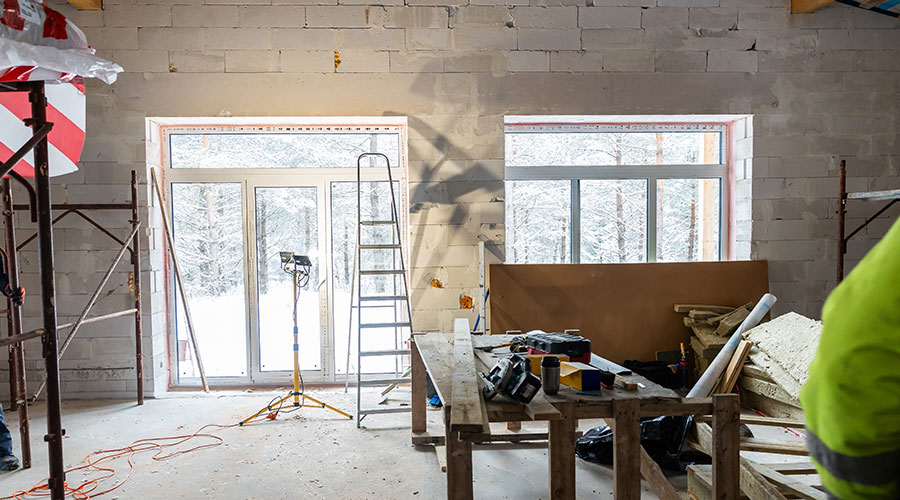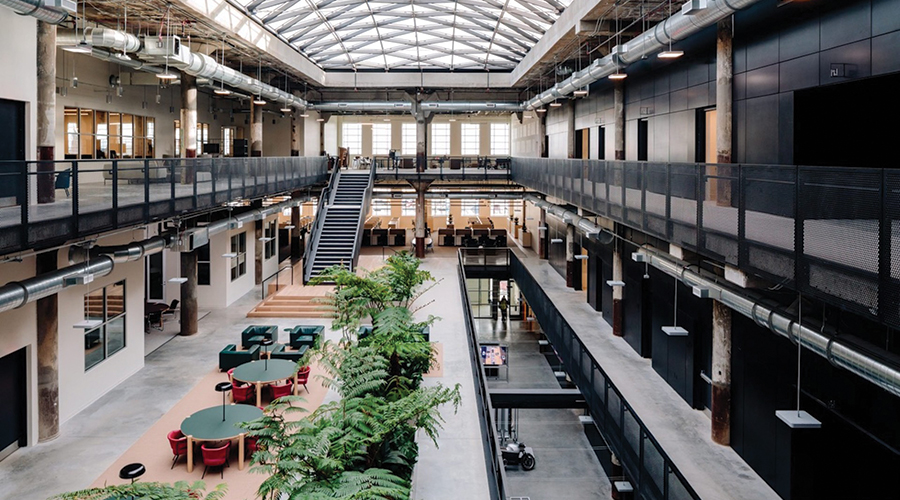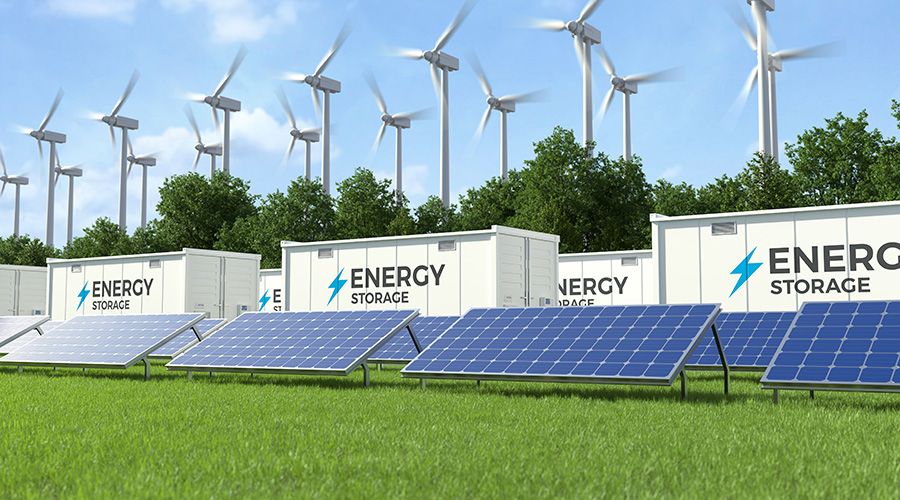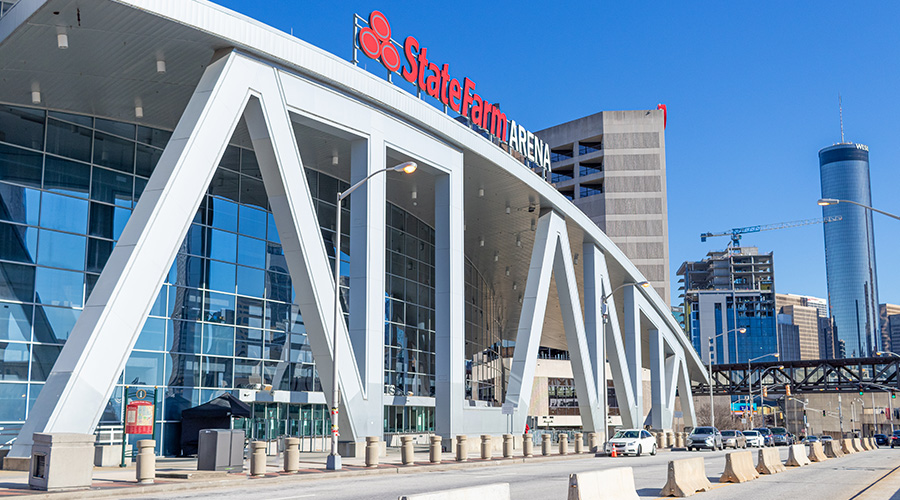Load Profiling: Use Sub-Meters, Data-Collection Systems
Commercial and institutional facilities' need for technology has led to an increased demand for electricity, but in too many cases, the energy goes to waste. Energy audits often reveal an astronomical amount of money spent on utility costs when energy is not necessarily needed.
Increasingly, managers are coming to realize they can use sub-metering technology to identify energy savings and recoup many of these wasted dollars.
Application Considerations
The first step in sifting through sub-metering technology is to identify the organization's essential energy-management needs and determine the way the facility can address these needs with a data-collection system.
The type of energy information many facilities require often is beyond the capability of one master utility meter. Sub-metering systems, combined with useable and comprehensive data-collection systems, can give managers much more detailed load profiling. Managers can use the collected data to:
- understand energy-use patterns and trends
- implement demand response and control to avoid costly ratchet and peak utility charges
- profile an entire facility for demand-management and load-shedding measures
- locate true spare capacity within the electrical system.
In its simplest form, sub-metering involves installing separate meters downstream of the primary billing meter. These meters monitor specific points in the system. In campus settings, for example, sub-meters might be set up on a building-by-building basis to allocate energy costs among departments. In single buildings, managers can group specific system circuits and monitor the distribution system to minimize the number of sub-meters.
Some sub-meters can transfer data, while others also can record and store interval data. Other intelligent-breaker technologies allow system operators to control individual circuits in a distribution system separately, as well as monitor the system's data separately.
At a minimum, managers should install sub-meters on lighting, HVAC, alternative-energy systems, and other key pieces of equipment, which will produce the most valuable trending data. Managers can reconfigure and display this data to the building occupants and visitors with a energy dashboard that presents the information in a way they understand.
Each facility produces a unique energy-load profile with specific circuits and systems that would be advantageous to monitor. Managers should customize sub-metering systems to provide maximized benefits and flexibility for the facility. A well-designed sub-metering system also allows for future scalability to meet changing energy use and demand needs.
The advantage of sub-meters is that managers can install them easily in both new and existing facilities. They are much lower in cost compared to most utility-scale master primary meters. An electrician typically can install a sub-meter in about three hours.
Managers also can easily integrate the meters into an electrical-distribution system without having to make major interior or equipment changes in the building. Installation is as easy as connecting current sensor clamps around each phase of electrical feeders and adding potential taps.
The average cost to buy and install a sub-meter and control wiring connected to a building-automation system is $1,500-$2,500 per control point. Managers also might consider additional funding measures from local utility companies.
Related Topics:












